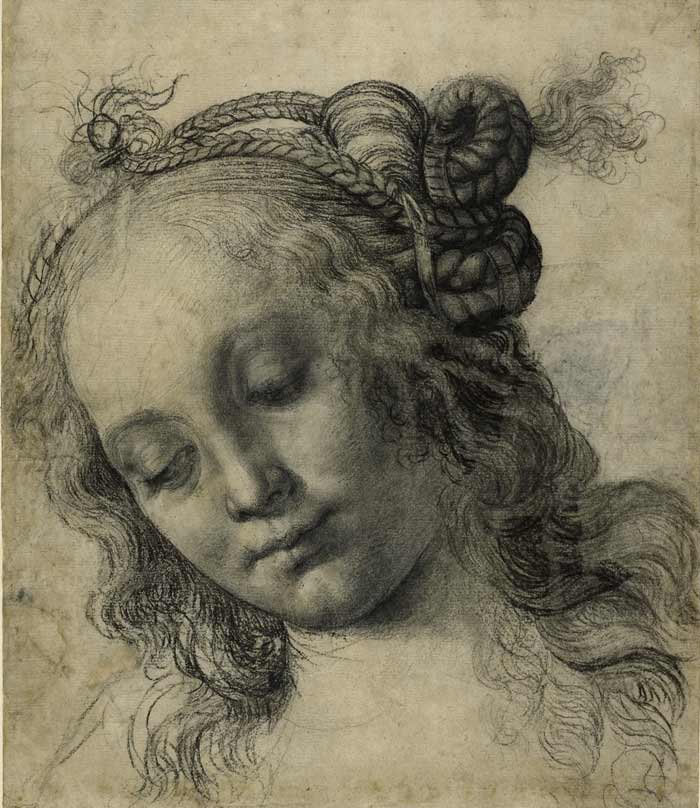Question from Slater Smith, Drawing Academy student
Hello,
Some artists and instructors have recommended making blind contour drawings. Without looking at the paper, you move your pencil “with” your eyes until all the contours of an object have been drawn. The practice is supposed to help hand-eye coordination, but I’ve never seen a Master drawing from any period that uses such an approach, or at least not from what I can tell.
On top of that, all I ever manage to get out of blind contour drawings are scribbles that hardly resemble the subject.
What does the Drawing Academy have to say about this technique?
Should I use it, or am I better off avoiding blind contour drawings?
Thank you for your time,
Slater
Hi Slater,
Many thanks for your question.
The short answer is – you have two eyes for a reason; use them to your full advantage.
We can judge distances because of binocular vision. This ability helps an artist to draw realistically with confidence.
Such a recommendation is as erroneous as advising a student driver to learn driving with their eyes closed. In this case, it is not only pointless but seriously dangerous.
You are correct about the Old Masters, blind contour drawing was not used in traditional art education.


Good drawing skills were learned by practicing linear constructive drawing, perspective, proportions, rendering tonal values, rules of composition, understanding human anatomy, and so on. Not by tricks and silly experiments.
Over last 60 years, the quality of art education had declined dramatically; generations of artists have been taught by teachers who can’t draw. Teaching methods are deliberately downgraded. The next time you hear some doubtful drawing advice, check out artworks of such “teacher”.
Learning to draw is not about finding some “secret” of transforming amateur scribbles into a masterpiece. It is about long and hard practice of the fundamental principles of drawing, constantly improving your drawing skills by setting meaningful creative tasks and solving them. It is about finding a good art teacher who is also a professional fine artist; a teacher that can draw and has fully mastered traditional drawing techniques.
Focus on traditional, no-nonsense ways of learning drawing.
To your creative success,
Vladimir







